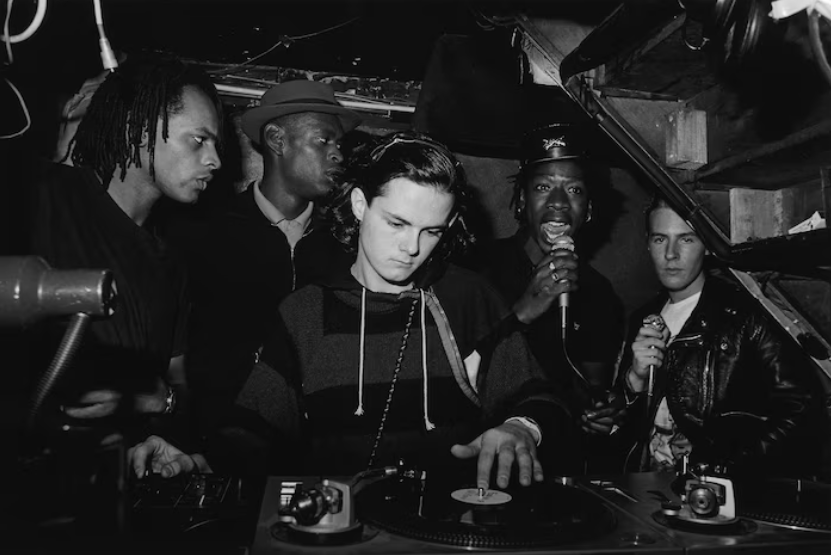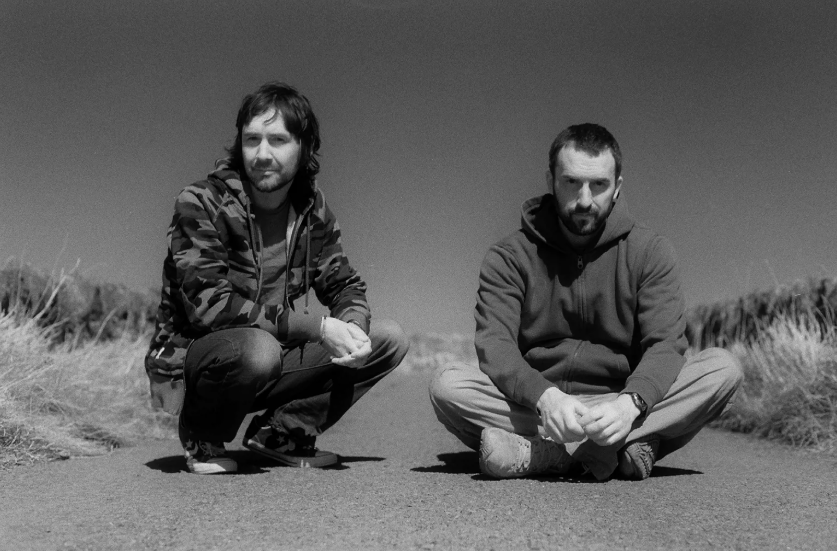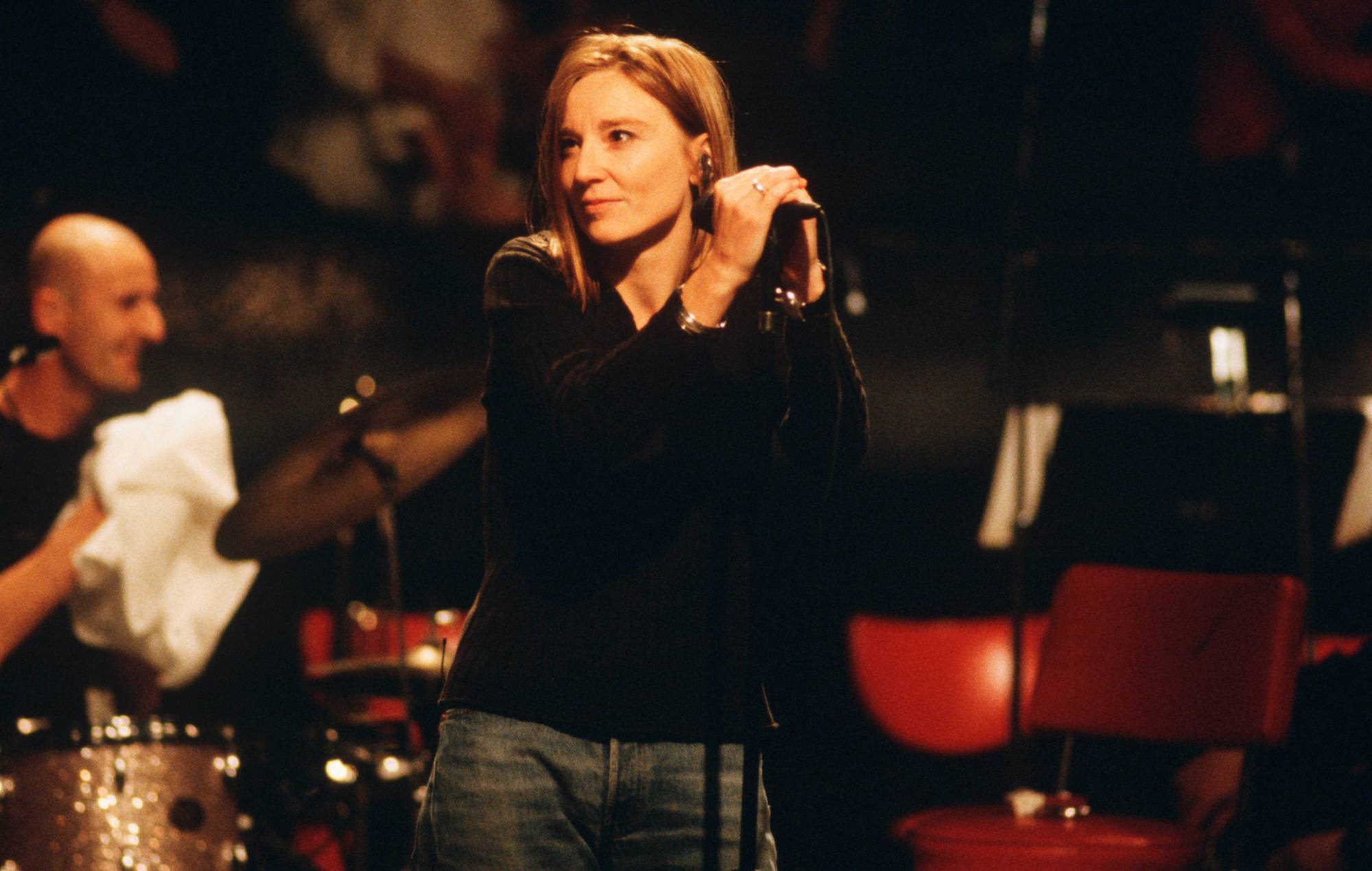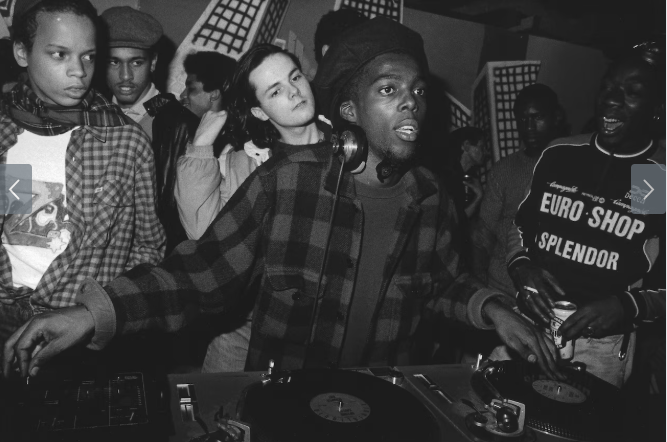By Athina Varvesioti,
What happens when you merge jazz with hip hop, adding a sparkle of electronica and reggae? You receive the distinguishable music genre of trip-hop, one of the most eccentric, yet not properly acknowledged gems that have graced the music industry since its emergence in the early 1990s. A hazy type of music that blurs the boundaries between the aforementioned genres and claims its place among the most unique and intriguing ones, trip-hop has managed to draw the attention of music veterans across the globe.
Trip-hop began to acquire its shape and status in the early 1990s, in Bristol. The Wild Bunch, a local collective of musicians that enjoyed relatively little fame and recognition at the beginning of their music journey in the 1980s, would later rebrand themselves as Massive Attack, the beloved trip-hop pioneers who have amassed an immense following around the world and are still selling out concerts at large venues. Their sound was characterized as “Bristol Sound” and was essentially the first example of trip-hop, which set the foundations for later examples of the genre. British magazine MixMag, with columns full of news on dancing and clubbing opportunities around the UK, baptized this emerging, nebulous genre back in 1994.

The term has been subjected to harsh criticism, for it was never coined by the artists themselves in the first place. Even the ones who have made significant contributions to the evolution of it have openly denounced the term, with Geoff Barrow of Portishead calling it “a crap phrase”. It has even been, wrongfully so, considered an umbrella term for any song that is characterized by moodiness, slow beats, and downtempo elements. Artists essentially felt that the height of their artistic production is diminished for the service of commercial purposes, such as the use of their music at coffee shops. They have also remarked that this commercialization of their music has trivialized the emotional and political depth of it, which further depreciates its value. For the lovers of the genre, however, what matters the most is the dexterity and artistry poured into the creation of the music, whether the term coined for it is broadly accepted or not.
A lot of bands and solo artists have been considered to belong to this genre of music, starting from Massive Attack, Tricky (who was a member of the former band once) to Portishead, or even artists who have spread their veins across multiple genres, such as Madonna and Björk. Albums such as Dummy by Portishead or Blue Lines by Massive Attack have been established as landmarks in the history of trip-hop. Although the majority of these artists have refused to be positioned within the realm of trip-hop, it is undoubtedly true that they are, at least loosely, associated with it. Björk, in particular, significantly assisted in the rise of trip-hop to the mainstream, with the release of her critically acclaimed album Debut, one that solidified her place among the most influential, genre-fluid artists of her time.
To comprehend how vast the scope of the term trip-hop can be, even artists such as the beloved French duo Air, who have largely defined the sound of electronic music in the late 90s and early 00s, have been thought to occupy, to a certain extent, the field of trip-hop. Much like in the music of Massive Attack, for instance, jazz and soul elements can be traced in Air’s discography, and there is also something inherently atmospheric about the sound of the latter, which can in a sense liken it to the sound of primarily trip-hop artists.
Of course, it is important to mention that the influence of trip-hop artists over (sub)genres that surfaced a bit later, such as intelligent dance music (IDM), ambient, acid jazz and dubstep, is profound. Boards of Canada, Casino Versus Japan and Bowery Electric, among others, schemes that emerged during the second half of the 90s, while clearly associated with ambient and electronic music, have some shared elements with their trip-hop predecessors. Sonically speaking, there are resemblances with regards to their hypnotic quality, ghostly melodies and breakbeats, or even their subdued vocals. While often lacking the groove of trip-hop, there is a certain dreaminess and cinematic aspect that bind them to trip-hop itself. However, the music of the previously mentioned artists involves more noise, has an often ethereal undertone to it, and occasionally borrows from other genres that bloomed during the 90s, such as shoegaze. As the magnetism of trip-hop started to slowly fade out-not completely vanish, nonetheless-the rise of electronic music and anything remotely close to it was crystal clear, and it still has the capacity to bewitch audiences with the grittiness and the subtle melancholic sense it evokes to its listeners. It almost feels like a trip to space that is filled with lumps.

So, what is the actual appeal of trip-hop? From the very moment it made its appearance in the charts, it cast a spell on keen music enjoyers around the world, with its echo of urban decay and melancholy, its soulful vocals and melodiousness that help the listener ascend to a whole different dimension. Being an intersection point of several genres, it offers the opportunity to listeners to combine many different sounds and feel like they are listening to all of them at once, which, let’s be honest, sounds incredibly convenient, especially when one is not sure about what they want to listen to. It is a versatile genre, for one can enjoy it both as background music or study its lyrics carefully while indulging in the trippy rhythms of it.
But the charm of trip-hop does not stop there. Artists involved with this genre often address issues such as the commercialization of music and resistance against mainstream music formulas. Some of them use their music-and, to take it a step further, their platforms-to confront systemic inequalities, racism, as well as urban alienation. Tricky has discussed his struggle with growing up in the marginalized communities of Bristol multiple times. In a similar manner, female vocalists such as Beth Gibbons (Portishead) and Martina Topley-Bird have repeatedly subverted gender norms throughout their artistic production. One of the most striking examples is the often misinterpreted hit song Glory Box, by Portishead; Gibbons has dismissed the ones who have claimed that it is a plea for the world to return to traditional gender roles (“I just wanna be a woman”) and has noted that the whole meaning behind it has to do with women being tired of objectification and of being called temptresses or exotic and alluring. What she is asking for is personal space and freedom of expression in order to externalize her feelings and create something precious out of them.

Trip-hop might sometimes be considered an outdated term or something far from a genre on its own, yet its lasting influence on the music industry and appeal to the audiences are what prompt it to be a landmark in the history of music.
References
- Trip-Hop Music: The History and Artists of Trip-Hop. MasterClass. Available here
- “Music dug up from under the earth”: how trip-hop never stopped. The Guardian. Available here
- Local Groove Does Good: The Story of Trip-Hop’s Rise From Bristol. npr. Available here
- What is a “Glory Box”? The meaning behind Portishead’s classic song. Far Out Magazine. Available here




